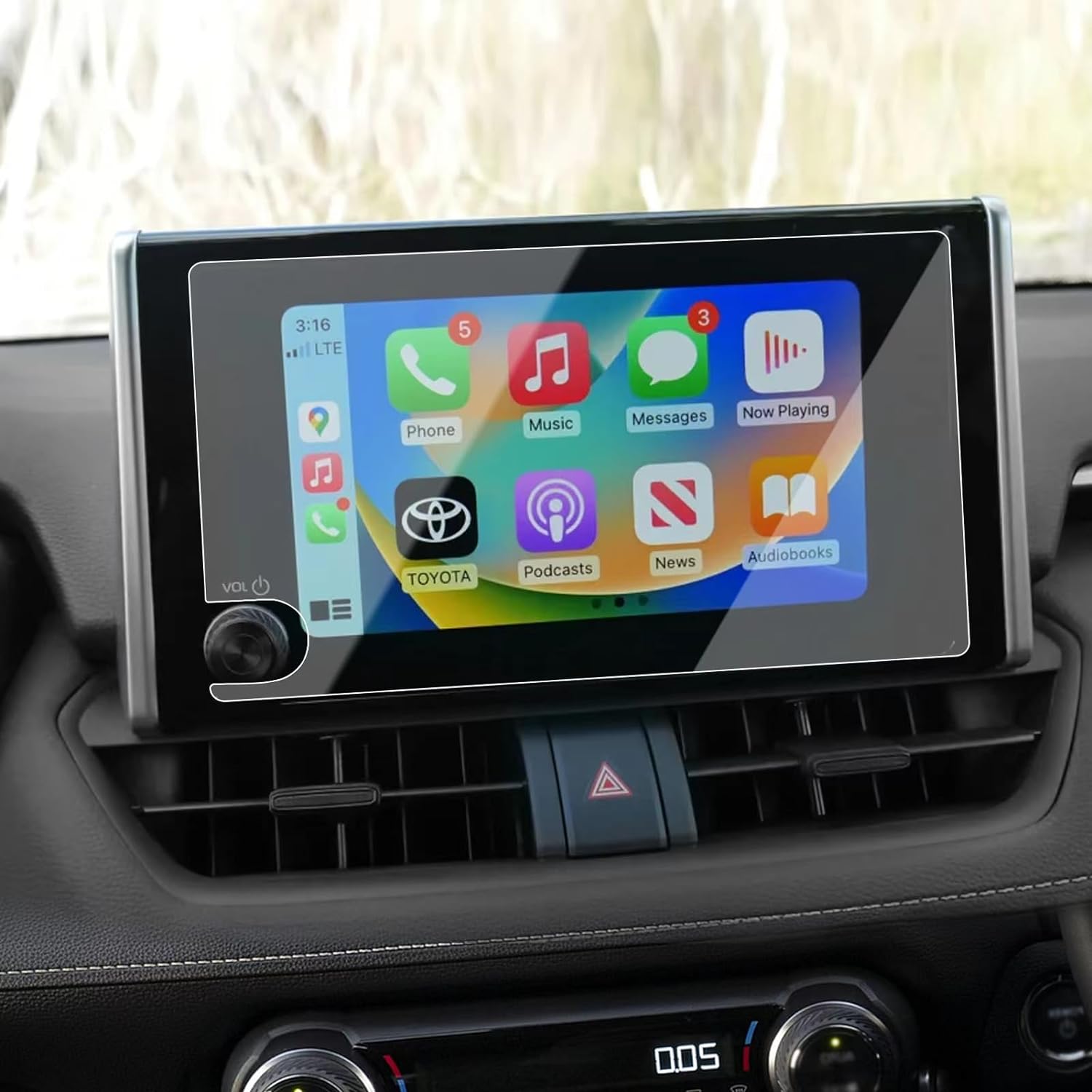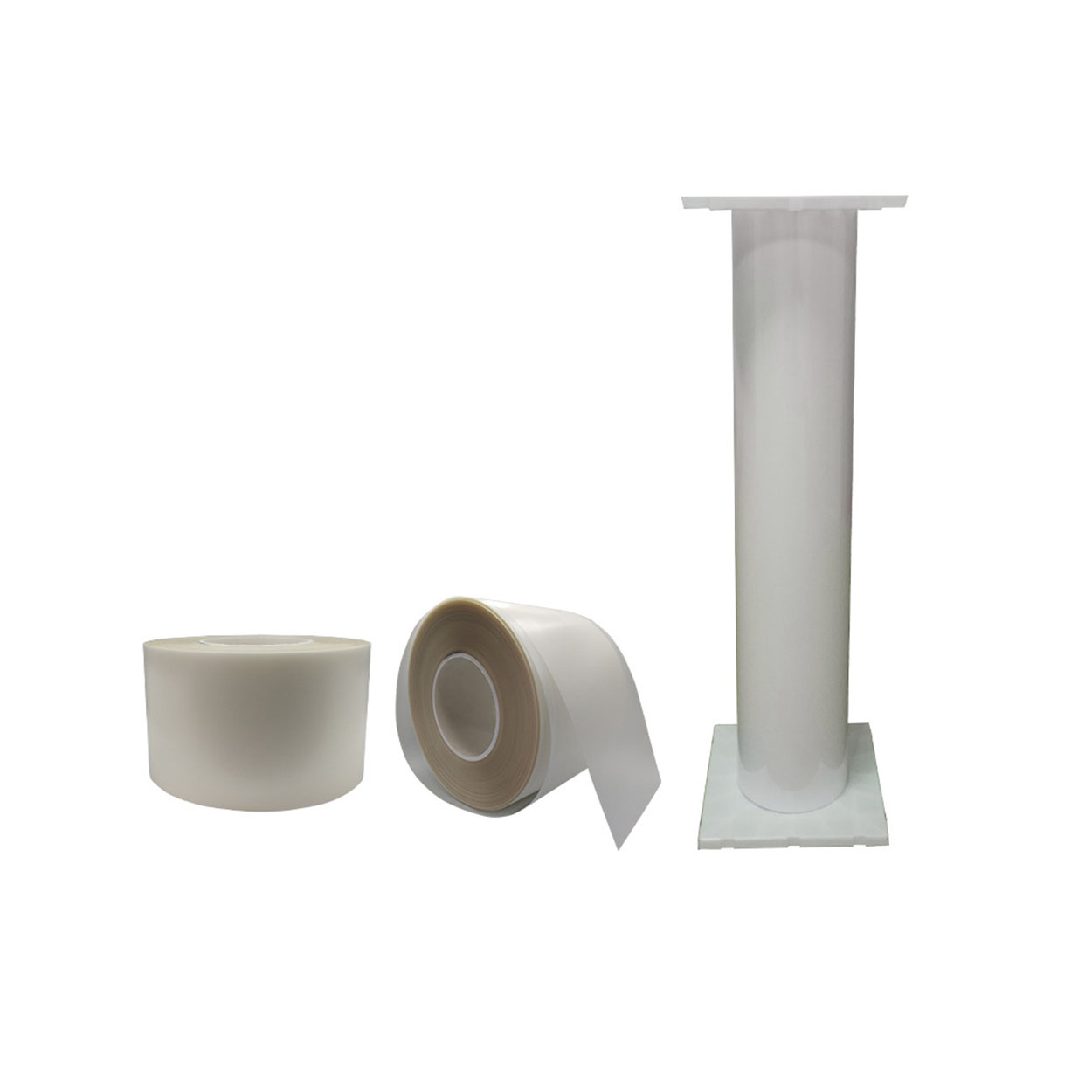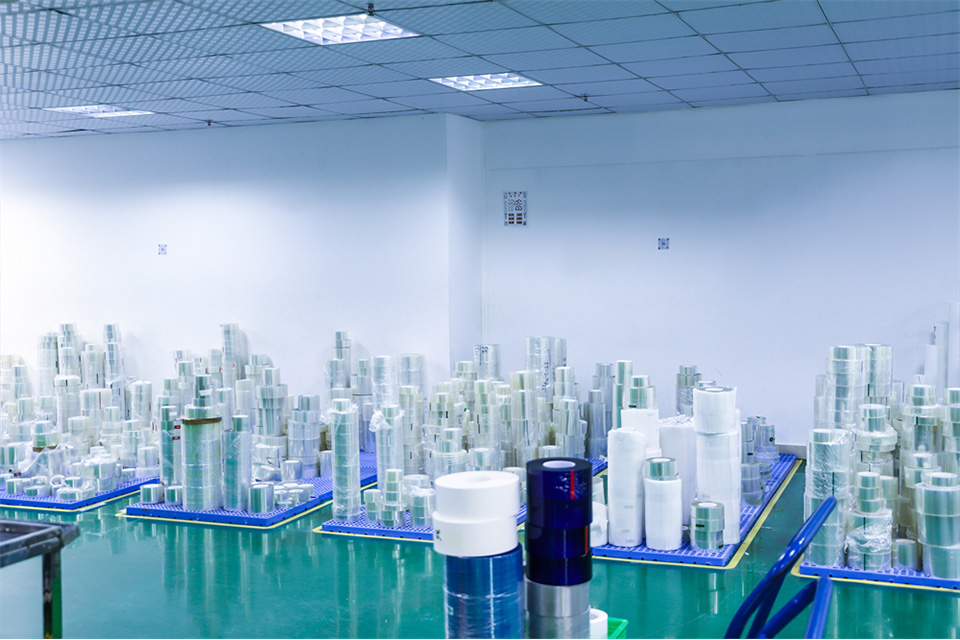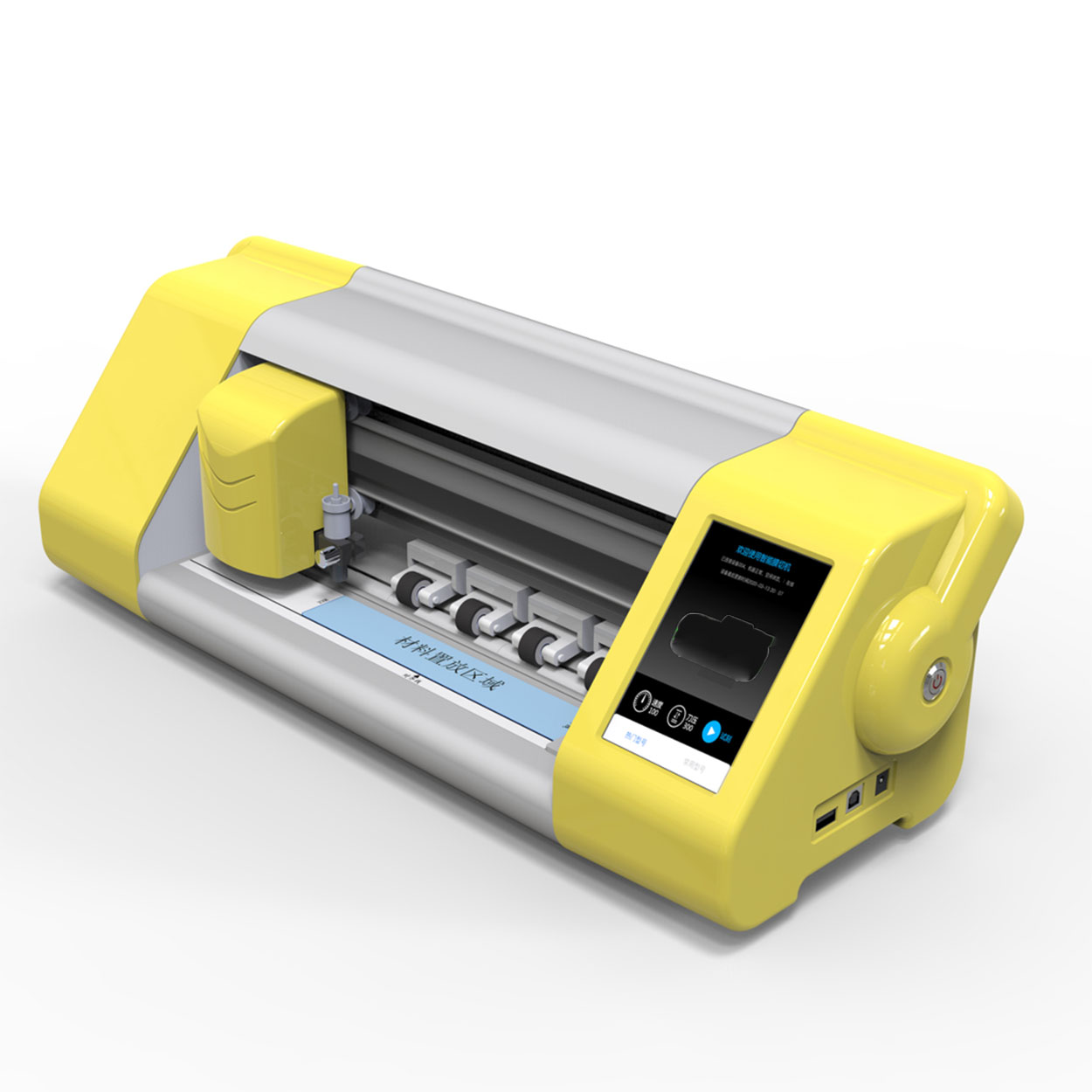
The Impact of Smart Privacy Screen Cutting Machines on Data Security
Table of Contents
Extract
Summary
The Impact of Smart Privacy Screen Cutting Machines on Data Security refers to the transformative role of advanced cutting technologies that enhance the protection of sensitive information displayed on digital screens. As data breaches and visual hacking incidents have become increasingly prevalent, these machines have emerged as critical tools for organizations aiming to safeguard personal and corporate data. By integrating smart privacy screen cutting machines into their operations, businesses can effectively mitigate the risks associated with unauthorized viewing, especially in open office environments, public spaces, and during travel. These machines offer a range of features, including advanced redaction capabilities and automated management systems that allow IT administrators to obscure sensitive information in real-time, thereby ensuring compliance with regulations such as the General Data Protection Regulation (GDPR) and the Health Insurance Portability and Accountability Act (HIPAA). Furthermore, the adoption of micro-louver technology enables these screens to limit visibility to unauthorized viewers while maintaining usability for the intended user. This innovation represents a significant advancement in the ongoing battle against visual hacking, a method of data theft that exploits physical access to digital displays. Notably, the impact of smart privacy screen cutting machines is not limited to corporate environments; they have also found applications in healthcare facilities, educational institutions, and various other sectors. In healthcare, for example, these machines help maintain patient confidentiality, while in educational settings, they uphold academic integrity by protecting student information. The versatility of these machines underscores their growing importance across diverse industries, reinforcing the necessity for robust data protection measures in an increasingly interconnected world. Despite their advantages, the integration of smart privacy screen cutting machines poses challenges, particularly for smaller organizations that may struggle with change management and adapting to new technologies. Additionally, as privacy laws continue to evolve, companies must balance compliance with the need for innovation in data protection. Overall, the impact of smart privacy screen cutting machines on data security signifies a critical advancement in safeguarding sensitive information, driving the conversation around privacy and security to new heights.
History
Early Technological Developments
The evolution of data privacy can be traced back to the late 19th century when the introduction of technologies such as the Kodak camera raised significant concerns about individual privacy and consent in public spaces.
The advent of these new tools necessitated a reevaluation of what constituted the “public” and the “private,” as capturing images became commonplace and easily accessible.
The Rise of Digital Technologies
As technology progressed into the late 20th century, particularly with the rise of personal computers and mobile devices, privacy issues became increasingly complex. By the early 1990s, organizations began to recognize the need for enhanced security measures due to emerging threats associated with digital communications.
This period saw the introduction of various communication tools, including email and instant messaging, which amplified the volume of sensitive data being exchanged online.
Introduction of Privacy Screens
In parallel to these developments, privacy screens emerged as a practical solution to combat visual hacking and safeguard sensitive information displayed on computer monitors. As data security became a priority, especially in corporate environments, these devices became essential for compliance with data protection regulations.
Integration with Cutting Machines
More recently, the introduction of smart privacy screen cutting machines has further influenced the landscape of data security. These machines not only cater to crafting needs but also address privacy concerns by offering customizable privacy solutions that fit different environments.
The ability to produce tailored privacy screens enhances data security measures in workplaces where confidentiality is paramount, reflecting an ongoing commitment to safeguarding personal and organizational data.

Features of Smart Privacy Screen Cutting Machines
Overview of Smart Privacy Screens
Smart Privacy Screen cutting machines are designed to enhance data security by addressing the risks associated with visual hacking in various environments, particularly those handling sensitive information. These machines utilize advanced technology to limit the visibility of screen content, making it difficult for unauthorized viewers to access sensitive data while maintaining usability for the primary user
.
Key Features
Comprehensive Management
One of the standout features of Smart Privacy Screen cutting machines is the centralized management capability for enterprise IT administrators. Unlike traditional privacy solutions, these machines allow for the configuration of specific data categories to be obscured automatically, such as passport numbers, credit card information, and healthcare identification numbers
. This automated approach significantly reduces the risk of accidental data exposure by employees.
Advanced Redaction Capabilities
Smart Privacy Screens integrate sophisticated redaction features that cover privatized information in real-time. Once the administrator selects which categories to redact, any content created using the associated software will automatically incorporate visual protections, ensuring compliance with regulations such as GDPR and HIPAA
.
Enhanced Visual Protection
The machines employ micro-louver technology that narrows the viewable angle of the display, effectively blocking unwanted views from the sides while allowing clear visibility for the intended user. This feature is crucial for safeguarding confidential information in open office environments, public spaces, or during travel
.
User-Friendly Installation and Maintenance
These systems are designed with user experience in mind. They offer simple installation processes that do not disrupt workflow. Many models also feature magnetic setups for easy attachment and removal, making it convenient for users to adapt their screen privacy solutions as needed
.
Additional Benefits
Beyond privacy, Smart Privacy Screens provide eye protection by filtering out harmful blue light and reducing glare. They are also designed to protect the physical integrity of the screens from scratches and damage, further enhancing their overall value in both workplace and personal settings
.
Impact on Data Security
The increasing prevalence of data breaches has highlighted the urgent need for robust data protection measures. As cybercriminals continuously adapt their methods to exploit sensitive information, companies have recognized that protecting personally identifiable information (PII), credit card numbers, and customer data is paramount. Access controls, encryption, and tokenization are considered essential strategies to safeguard sensitive data and reduce overall business risks
.
The Role of Advanced Technologies
Cutting-edge technologies, including complex encryption methods and machine learning, have emerged to enhance data security. These innovations play a critical role in fortifying defenses against sophisticated cyber attacks, enabling organizations to better protect sensitive information as it migrates from traditional data centers to third-party hosted environments and cloud infrastructures
. Data Security Posture Management (DSPM) solutions are particularly beneficial, allowing security teams to discover, classify, and protect sensitive data regardless of its location.
Regulatory Compliance and Risk Mitigation
Compliance with regulatory frameworks such as the General Data Protection Regulation (GDPR) and the California Consumer Privacy Act (CCPA) has become increasingly important in mitigating data breach risks. These regulations impose strict standards for data handling, compelling organizations to implement strong data protection measures to avoid significant financial and reputational damage
.
Visual Hacking Concerns
Despite the focus on digital security, physical security threats, such as visual hacking, remain prevalent. This low-tech method of data theft involves observing sensitive information displayed on screens or documents. It emphasizes the need for organizations to adopt measures like privacy screens to protect against unauthorized viewing in open office environments. Implementing partitions, using privacy filters, and ensuring that unattended displays are turned off can significantly reduce the risk of visual hacking
.
Applications
Overview of Smart Privacy Screen Cutting Machines
Smart privacy screen cutting machines play a vital role in enhancing data security across various environments. These machines are designed to cut privacy filters that protect sensitive information displayed on screens, thereby mitigating the risk of visual hacking, especially in public and workplace settings
. The technology has gained traction in industries where compliance with data protection regulations, such as GDPR and HIPAA, is paramount.
Use Cases in Different Sectors
Corporate Environments
In corporate settings, smart privacy screen cutting machines are essential for safeguarding employee logins and confidential information from prying eyes. This is particularly important during meetings, at desks, or while traveling
. The application of privacy filters helps maintain workplace confidentiality and reduces the likelihood of unauthorized access to sensitive data.
Healthcare Facilities
Healthcare institutions are another primary area for the deployment of smart privacy screens. These machines help ensure optimal patient privacy by preventing sensitive information from being overheard or seen by unauthorized individuals. Privacy screens contribute to creating a stress-free environment for patients and play a crucial role in maintaining confidentiality in patient care
.
Educational Institutions
Educational institutions utilize privacy screens to protect student data during exams or while using shared computers. By preventing visual access to personal information, these screens help uphold academic integrity and student privacy, thus enhancing the overall educational experience
.
Advantages of Using Smart Privacy Screens
Implementing smart privacy screen cutting machines provides multiple advantages, such as protection against visual hacking and the added benefit of reducing eye strain due to anti-glare properties
. Additionally, these screens help to safeguard against physical damage to devices, ensuring longevity and cost-effectiveness.

Advantages
The adoption of smart privacy screen cutting machines offers a myriad of benefits, particularly in enhancing data security and operational efficiency.
Enhanced Precision and Efficiency
One of the primary advantages of these machines is their ability to deliver highly precise cuts. This precision is crucial in the production of privacy screens that effectively guard against visual hacking, ensuring that sensitive information remains protected from prying eyes in various environments such as offices, public spaces, and homes
. Compared to traditional cutting methods, smart privacy screen cutting machines utilize advanced technologies that require less energy and result in lower production costs while maintaining high-quality output.
Increased Security Measures
In addition to their cutting capabilities, these machines incorporate sophisticated security features. The integration of advanced software allows for encrypted data handling during the production process, significantly reducing the risk of data breaches
. By ensuring that user data is stored securely and that third-party access is tightly regulated, these machines help build trust among consumers who are increasingly concerned about the confidentiality of their personal information.
Versatility in Applications
Smart privacy screen cutting machines are versatile, making them suitable for various industries beyond just manufacturing. For example, they can be employed in retail settings where displaying privacy screens for electronic devices is crucial, as well as in educational institutions that prioritize student data security
. This adaptability allows businesses to respond to diverse market demands and protect sensitive information across different sectors.
Customization Capabilities
Another significant advantage is the ability to customize privacy screens to meet specific needs. Users can design screens tailored to different devices and preferences, which is particularly beneficial for businesses seeking to enhance their security posture while also catering to unique customer requirements
. This level of customization not only improves user satisfaction but also reinforces the importance of privacy in today’s digital landscape.
Challenges and Limitations
The integration of smart privacy screen cutting machines into manufacturing processes presents several challenges and limitations, particularly for small and medium-sized enterprises (SMEs). One significant hurdle is the issue of change management, as many organizations struggle to adapt to the complexities introduced by new technologies. According to Gartner, the majority of manufacturing leaders believe their organizations lack the skilled workforce necessary to navigate this transition effectively, highlighting the need for extensive employee training and support systems
. Moreover, the phenomenon of technology paralysis can impede the adoption of these advanced solutions. Rockwell Automation reports that 26% of manufacturers face difficulties in selecting the appropriate technological solutions due to the overwhelming number of available options. This issue underscores the importance of conducting thorough research to assess an organization’s specific needs before committing to a solution. Consulting employees and industry experts can provide valuable insights that aid in making informed decisions. Another challenge pertains to the inherent compatibility issues between different machinery and systems. As highlighted by industry professionals, the lack of standardization among CNC machine builders and controller manufacturers can limit the growth potential of smart manufacturing solutions, leading to higher costs for customers looking to integrate new features. Additionally, privacy and data security concerns are paramount, especially in the context of data collection from user interactions with smart technologies. With privacy laws evolving, organizations must balance compliance with the need for innovation. For instance, child-specific applications utilizing augmented reality (AR) technologies may face stringent privacy regulations that could hinder their functionality, creating a tension between child safety and technological advancement.
Future Trends
Technological Advancements in Cutting Machines
The landscape of screen cutting machines is evolving rapidly, driven by advancements in intelligent technologies. These innovations not only enhance production efficiency but also improve security features essential for data protection. Future cutting machines are expected to incorporate cutting-edge technologies such as artificial intelligence (AI) and machine learning to optimize their operations and adapt to varying applications, thereby increasing flexibility and reducing the risk of data breaches
.
Integration with Industry 4.0
As the principles of Industry 4.0 continue to gain traction, future cutting machines will likely be designed with a focus on networked and cloud-based architectures. These technologies can facilitate real-time data processing and monitoring, allowing for enhanced security measures, such as automated alerts for potential threats or malfunctions within the cutting process. This shift towards cloud-centric solutions supports the creation of self-sustaining networked sensors that enhance both operational efficiency and data security
.
Eco-Friendly Manufacturing Practices
Future screen cutting technologies are also expected to align with sustainable manufacturing paradigms. This includes the development of eco-industrial by-product synergies and self-adapting systems that minimize waste and energy consumption. Such innovations not only address environmental concerns but also contribute to securing data by implementing robust, resilient systems that are less prone to disruption
.
Increased Focus on Cybersecurity
As cutting-edge technology integrates into the manufacturing sector, the importance of cybersecurity will become even more pronounced. Future screen cutting machines are anticipated to employ advanced security protocols to safeguard sensitive data throughout the cutting process. This proactive approach to security will be essential as businesses navigate the complexities of digital threats while ensuring compliance with evolving regulatory standards
.

Ethical Considerations
The integration of emerging technologies in data security, particularly in the context of smart privacy screen cutting machines, raises a multitude of ethical considerations. Companies focused on the development and deployment of such technologies typically emphasize areas such as safety, cybersecurity, sustainability, and public awareness
. However, there is a notable lack of attention to crucial ethical issues like fairness, non-discrimination, justice, and the potential hidden costs associated with these innovations. This oversight not only breaches data protection and privacy regulations but could also result in significant societal unrest if incidents involving these technologies occur without due accountability.
Privacy and Autonomy
Privacy is fundamental in protecting individuals from harm, such as identity theft and unauthorized data use. It also preserves personal autonomy and dignity, allowing individuals to manage their personal information without undue interference
. In the context of AI and data analytics, the ethical use of personal data is paramount to prevent discrimination and manipulation. AI systems must operate transparently to ensure fairness in decision-making processes that depend on sensitive personal data.
Regulatory Landscape
As the landscape of data privacy regulations evolves globally, it is essential for businesses to adapt their practices to comply with new laws such as the General Data Protection Regulation (GDPR) in Europe and similar legislation emerging in countries like Brazil, China, and various U.S. states
. This shift reflects a growing public awareness regarding privacy concerns and the implications of data misuse. The changing risk profile, especially for companies in manufacturing and distribution, underscores the need for enhanced focus on ethical data management practices.
Technological Innovations and Ethical Design
Emerging technologies such as homomorphic encryption and secure multi-party computation offer innovative solutions for preserving data privacy while enabling collaborative insights
. Policymakers must ensure that existing regulations keep pace with these advancements to maintain privacy as a priority. Companies are encouraged to adopt privacy-by-design principles and invest in technologies that enhance data protection.
Consumer Trust and Corporate Responsibility
Handling consumer data ethically can significantly influence a company’s reputation and competitive advantage. As consumer awareness regarding data privacy rises, businesses are under increasing pressure to prioritize ethical data practices and transparency in their operations
. By fostering a culture of privacy-consciousness and ethical responsibility, organizations can build trust with consumers, which is vital for long-term success in a data-driven world.
Comments

Volkswagen Viloran 2022 Navigation GPS Tempered Glass
Get the best 2022 Viloran Tempered Glass screen protector. Ultra-clear and designed to maintain the touch sensitivity of your navigation display.

Wholesale Screen Protector Flexible Hydrogel TPU Film Roll
Thermoplastic Polyurethane (TPU) film has emerged as a highly versatile material, offering distinct benefits over conventional plastic films like Polyvinyl Chloride (PVC). Its exceptional characteristics have positioned TPU as a go-to choice across industries such as automotive, apparel, electronics, and medical applications.

Top Qualities to Look for in a Reliable Screen Protector Factory
When selecting a reliable screen protector factory, it is crucial to consider key qualities such as material quality, customization options, customer support, and stringent quality control practices to ensure product effectiveness and customer satisfaction.

Achieving Precision: Best Practices for a Snug Fit with Screen Protector Cutters
Achieving precision in cutting screen protectors is crucial for ensuring optimal device protection and user satisfaction.

How to Put on an iPhone Screen Protector: A Step-by-Step Guide
Applying a screen protector to your iPhone is essential for maintaining its pristine condition and protecting it from scratches and cracks. This article will guide you through the process of installing a A sticky side of your tempered glass screen protector is crucial for proper installation. effectively, ensuring that you do it without damaging your phone screen. Whether you’re a first-time user or looking to improve your technique, this guide is worth reading for its practical tips and insights.
Tags
Find All knowledge and trends from our blog, get the wholesale price and best quality from our factory.

What Film Cutting Machine and Its Application
Film cutting machines have played a crucial role in the evolution of filmmaking and various industrial processes by enabling precise cutting and splicing of film materials.

What Is a Screen Protector Cutting Machine?
A screen protector cutting machine is a specialized device designed to produce custom-fit screen protectors for various electronic devices, including smartphones, tablets, smartwatches, laptops, and monitors.

How Mobile Phone Screen Protector Cutting Machine Work?
A mobile phone screen protector cutting machine is a sophisticated device designed
to produce customized screen protectors for various digital devices with high preci
sion and efficiency.

Characteristics of Mobile Phone Tempered Glass and Mobile Phone TPU Screen Protector
Thermoplastic polyurethane (TPU) screen protectors are flexible, durable, and
self-healing plastic films designed to protect electronic device screens from
scratches, impacts, and other potential damages.

Revolutionize Device Protection with Screen Guard Cutting Machine
Whether you possess a smartphone, tablet, or smartwatch, this versatile machine accommodates a vast array of devices. It seamlessly adapts to the dimensions of your gadget, offering a custom fit that generic protectors can’t match.

Screen Protector Lifetime Warranty
A screen protector lifetime warranty is a guarantee provided by manufacturers that
promises to repair or replace a screen protector for the lifetime of the product, under specific terms and conditions.





